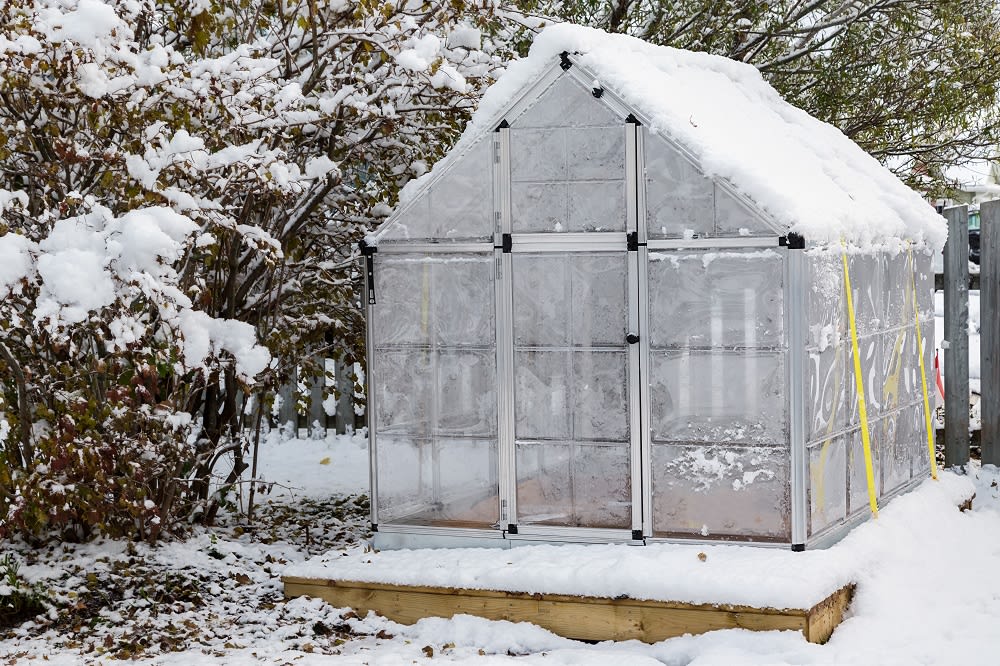If you own a greenhouse and want to over-winter plants inside it, we have taken advice from Hartley Botanic, manufacturers of historic greenhouses and glasshouses since 1938. The company is endorsed by the Royal Horticultural Society and here are a few tips on how you can reduce your greenhouse heating costs over the winter months.
As the outside temperatures plummet, to keep a cold greenhouse safe from freezing, you can expect the difference between the minimum outdoor temperature and that within an average cold greenhouse to be approximately 2°C. As each degree of temperature near freezing is critical for your plants, you need to consider carefully how to manage the temperature within the greenhouse. By following these simple steps, you can help protect your plants through the coldest temperatures.
Place plants of similar temperature requirements in groups. By keeping the plants drier, you can increase their hardiness. At the very least invest in a propagator with electric bottom heat and if possible thermostatic control and this will help vulnerable plants frost-free.
Increase the insulation over glazed areas to reduce heat loss using bubble wrap polythene, cut to size and fixed to the inside of the glass. Don’t forget that when the temperature rises, it is best to remove the insulation to enable more light to enter and facilitate essential cleaning of the glass. Suppliers of greenhouse accessories will stock clips designed to fix the insulating material to the glazing bars.
Partial insulation is also possible. If you wish to protect plants in part of the house, but don’t want the arduous task of cladding the whole interior with bubble-wrap, section off part of the structure. You can separate it from the remainder with a polythene sheet, or a bubble-wrap curtain, and put vulnerable treasures inside the enclosure.
Get the amount of background heating right. Greenhouse heating systems range from providing background warmth against frost, to constant heating. Remember that each degree rise in ambient temperature carries additional cost and with global concern about carbon footprint, it makes sense to use as little artificial heat as possible. Here are some ways you can keep your heating use to a minimum:
Get a suitable ‘Max and Min’ thermometer placed amongst the plants on the staging or fixed a metre above ground level away from any heat source. Using a 2.5 kilowatt electric fan heater in a six pane greenhouse, the heat will only come on when the temperature falls dangerously low. Take time to set the thermostat to the ideal temperature with a night minimum of 4º or 5ºC a safe temperature. To reduce heating costs, spread horticultural fleece over vulnerable plants during excessively cold spells.
One of the most economical heating systems is simply to warm soil, either in a bed, or propagation bench. Soil-warming cable provides heat where it is most needed, at the roots, so even if top-growth is cold-damaged, the roots will survive. Cable is safe and easy to install and, with a thermostat, lets you control soil temperature more accurately. It is particularly useful for protecting young plants in cold times of the year. It’s performance depends on the cable type, prevailing temperatures and how the system is installed, e.g. a 6m cable consumes 75 watts and if correctly installed, will sustain temperatures between 15°C and 25°C per square metre of covered bench. Cover plants with fleece or a canopy of translucent sheeting to retain heat.









